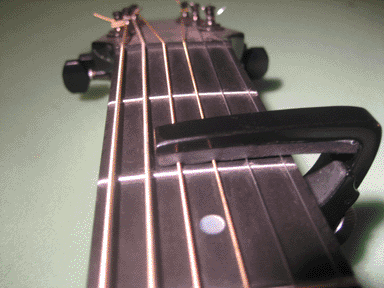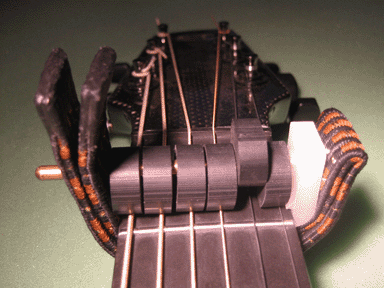"A Hiding Place for the Moon" features a really nifty 5/4 figure that is going to teach me a great deal about hammer-ons, integrating bass and melody across both hands, and the use of the right-hand thumb right after the 1, instead of on it. Mastery of this piece should help unlock a lot of that, and I'm tickled witless that I think my fingers started to "see" it tonight.
As well, the tuning is quite interesting: D2-A2-C#3-G#3-A3-E4. That's three pairs of fifths (6-5, 4-3, 2-1), offset by a major third from 5-4 and a minor second from 3-2. Have I mentioned I love me some minor seconds? Having looked at this core 5/4 figure now, I can understand why the tuning was chosen this way, and it will be interesting to hear what else comes out of it.
"You and I" is one of those tunes, for me, which is just startling to hear coming out of your own hands. This one is going to teach me a lot--a whole lot--about precision and assignment of both hands, good left-hand thumb position (critical for some of the hammer-ons, for decent dynamics) and how to do flick-strums in fingerstyle. It features a goosebumpy interlude that I just had to look at tonight (along with the opening figure), and I'm really glad I did. Tuning on this piece is an interesting variation on standard: sixth string up a whole step (F#ADGBE), but with a partial capo on the second fret of the top four strings. So, when tuned up, open pitches are F#2-A2-E3-A3-C#4-F#4. Again, after taking the look I did tonight, I can see why the tuning was done this way, and it's a good data point.
It's hard to explain how encouraging the sounds coming out of my hands were, on both of these pieces. I suspect that I've learned quite a lot in the last year or so, and although I don't think I'll be ripping up any open mics in the next few weeks, it's nice to see some progress--and it's nice to see that at least some of this stuff really is accessible to us mere mortals.
Here's to learning new stuff. Always!



